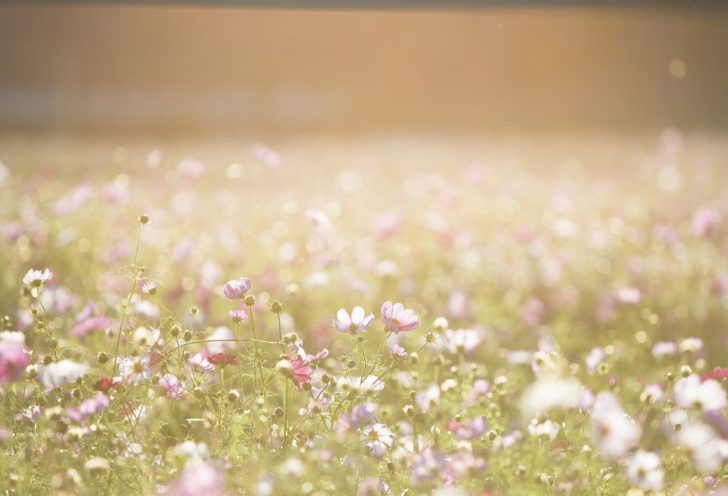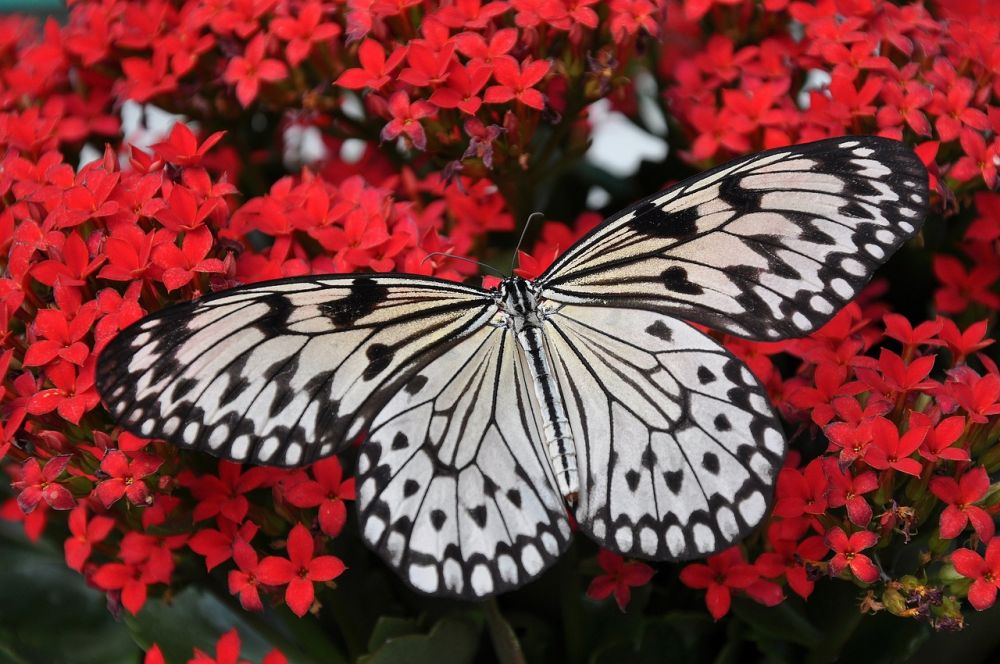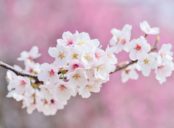Trailing Queen Palette Blades: The Ultimate Guide

Introduction
Trailing queen palette blades, also known as trailing geraniums, are stunning plants that can add a touch of elegance to any garden or outdoor space. With their trailing, cascading growth habit and beautiful foliage, these plants have become popular among both gardening enthusiasts and beginners. In this article, we will take a comprehensive look at trailing queen palette blades, exploring their different types, qualitative measurements, variations, as well as their historical significance and advantages and disadvantages.
What are Trailing Queen Palette Blades?

Trailing queen palette blades, scientifically known as Pelargonium peltatum, are a species of flowering plants belonging to the Geraniaceae family. They are characterized by their hanging, trailing growth habit and vibrant, eye-catching foliage. These plants are native to South Africa and have gained popularity worldwide due to their beauty and ease of cultivation. Trailing queen palette blades are widely used in hanging baskets, window boxes, and as groundcovers, adding a splash of color to any outdoor area.
Types and Popularity
There are several types of trailing queen palette blades available, each with its unique characteristics and popularity. Some popular varieties include:
1. Ivy-Leaved Geraniums: These trailing queen palette blades have glossy, ivy-shaped leaves, hence their name. They are known for their abundant, long-lasting blooms in a variety of colors, including pink, red, and white. Ivy-leaved geraniums are highly popular among gardeners due to their versatility and ability to cascade beautifully over containers and walls.
2. Cascade Geraniums: Cascade geraniums are another popular type of trailing queen palette blades. These plants have a more compact growth habit compared to other varieties, making them an excellent choice for smaller spaces. Cascade geraniums produce an abundance of flowers in vibrant colors and are often used in hanging baskets and window boxes.
3. Regal Pelargoniums: Regal pelargoniums, also known as Martha Washington geraniums, are renowned for their large, intricate flowers and velvety textured leaves. These trailing queen palette blades require slightly more care and attention than other varieties, but their stunning blooms make them a top choice for gardeners looking for a more formal, elegant appearance.
Quantitative Measurements
When it comes to trailing queen palette blades, there are a few quantitative measurements that can help determine their quality and growth potential.
1. Length of Trail: One of the essential measurements for trailing queen palette blades is the length of the trail. This refers to the distance the plant’s stems and foliage can hang down from its container or the ground. Longer trails can create a more dramatic effect and are often desired by gardeners looking to make a statement.
2. Bloom Density: Another important measurement is bloom density. This refers to the number of flowers produced by the plant. A higher bloom density indicates a healthier, more robust plant with an abundance of blooms, while a lower bloom density may suggest a plant that requires more care and attention.
Differences Among Trailing Queen Palette Blades
While all trailing queen palette blades share similar trailing growth habits, there can be notable differences among different varieties.
1. Color Variations: Trailing queen palette blades come in a wide range of colors, including shades of pink, red, white, and purple. Some varieties may have more vibrant or intense hues, while others may exhibit softer, pastel tones. It is essential to choose a color variation that complements the overall aesthetic of your garden or outdoor space.
2. Leaf Shape and Texture: The leaf shape and texture can also vary among different types of trailing queen palette blades. Some varieties have glossy, ivy-shaped leaves, while others may have fuzzy or velvety textured leaves. Gardeners can choose a variety based on their preferences for leaf appearance and texture.
Historical Overview of Advantages and Disadvantages
Throughout history, trailing queen palette blades have both advantages and disadvantages that have influenced their popularity and cultivation practices.
1. Advantages:
a. Stunning Visual Appeal: Trailing queen palette blades are known for their outstanding visual appeal. Their cascading growth habit and vibrant flowers can instantly transform any garden or outdoor space into a captivating oasis.
b. Low Maintenance: These plants require minimal maintenance, making them a popular choice among busy gardeners. Trailing queen palette blades are drought tolerant and thrive in full sun or partial shade, allowing for easy cultivation.
2. Disadvantages:
a. Susceptible to Pest Infestations: Trailing queen palette blades are prone to pest infestations, such as aphids or spider mites. Regular monitoring and appropriate pest control measures are necessary to maintain plant health.
b. Sensitivity to Overwatering: Overwatering can cause root rot and damage to trailing queen palette blades. It is crucial to provide adequate drainage and allow the soil to dry out slightly between waterings.
Conclusion
Trailing queen palette blades are undoubtedly a stunning addition to any garden or outdoor space. With their cascading growth habits, beautiful foliage, and vibrant blooms, these plants add a touch of elegance and charm. Understanding the different types, quantitative measurements, variations, and historical advantages and disadvantages can help gardeners make informed choices for their own unique spaces. Whether used in hanging baskets, window boxes, or as groundcovers, trailing queen palette blades are sure to captivate anyone who encounters them. So why not give your garden the royal treatment it deserves with trailing queen palette blades?





















